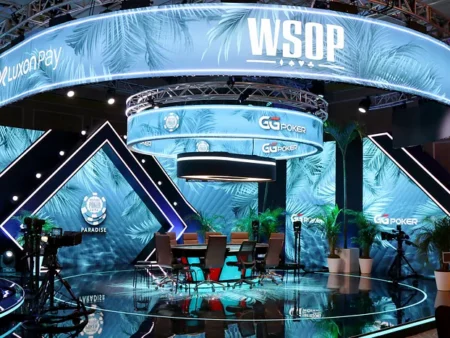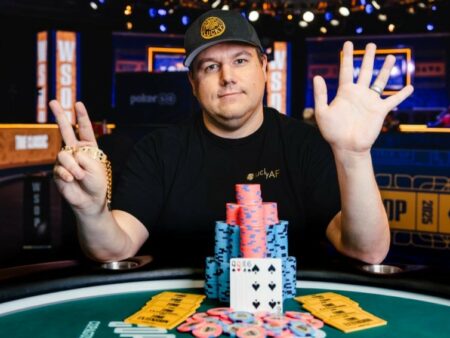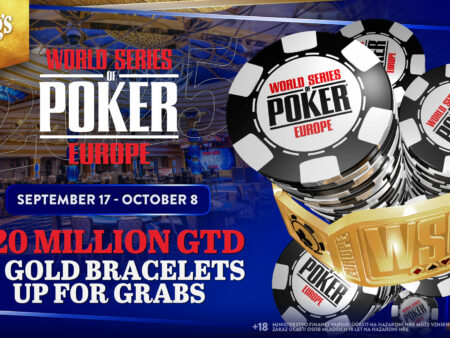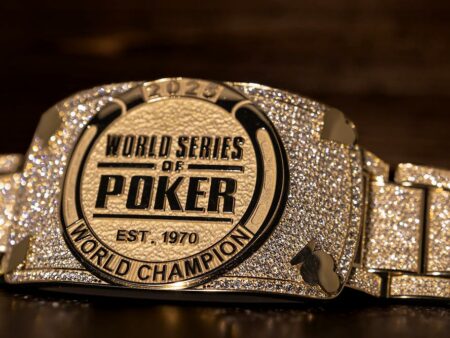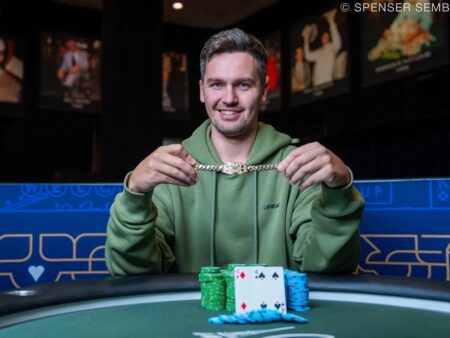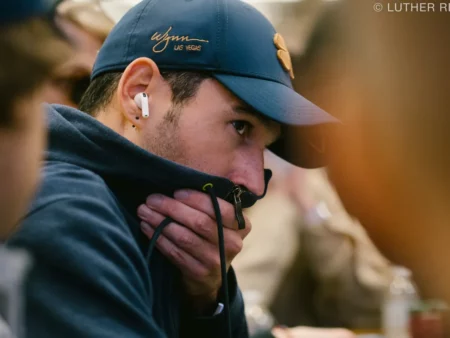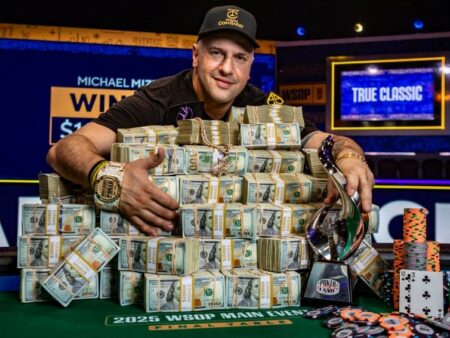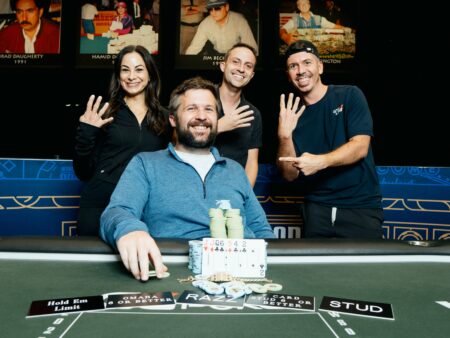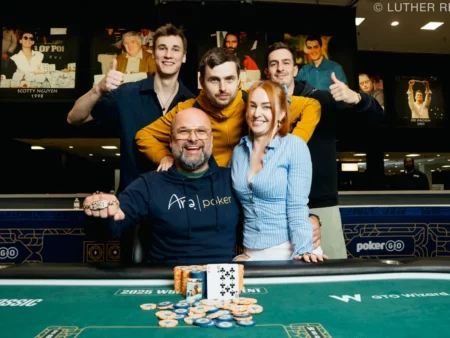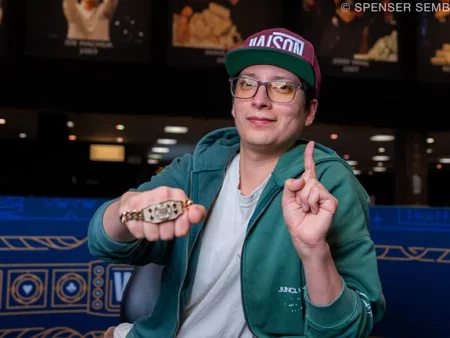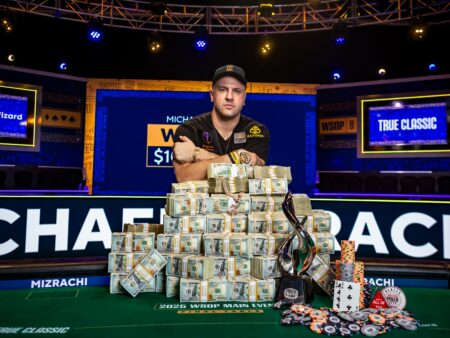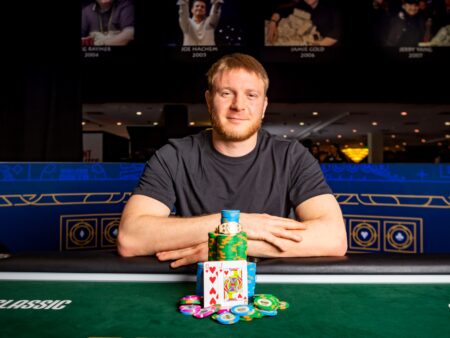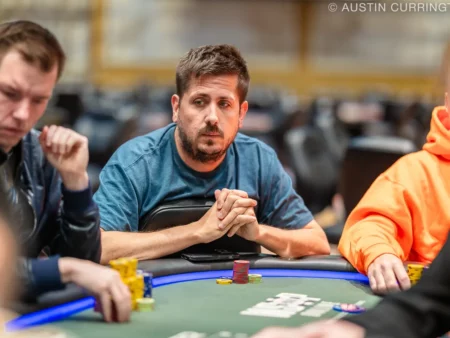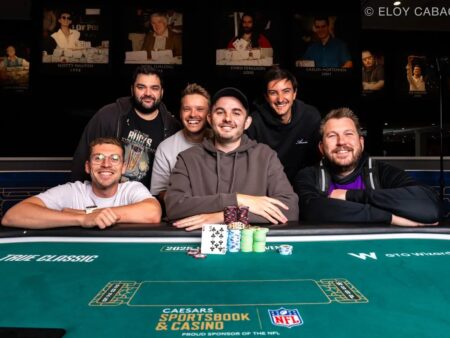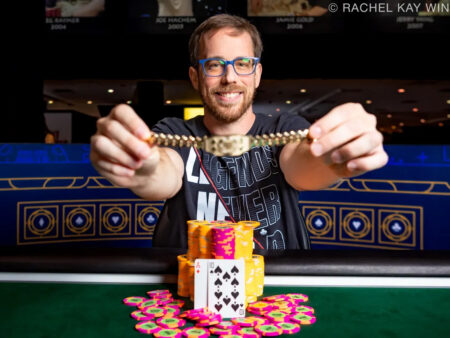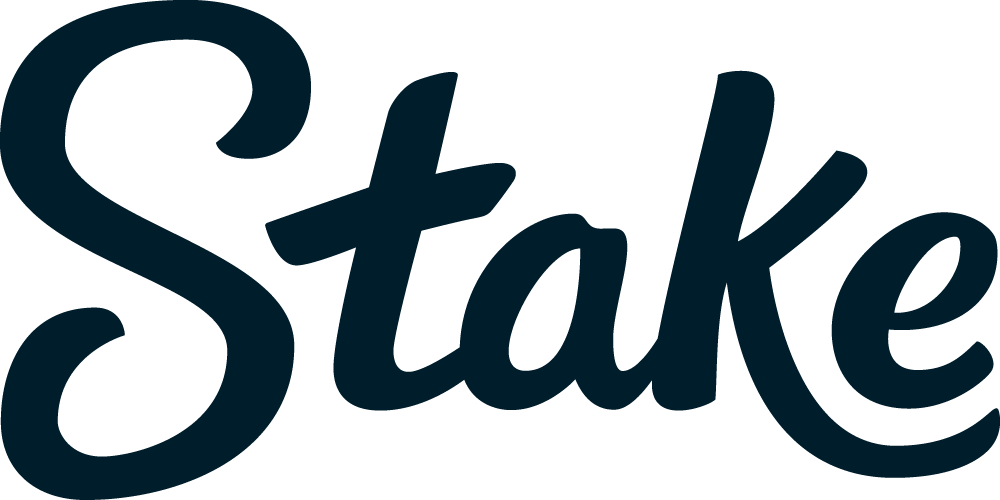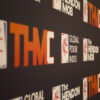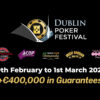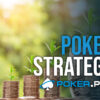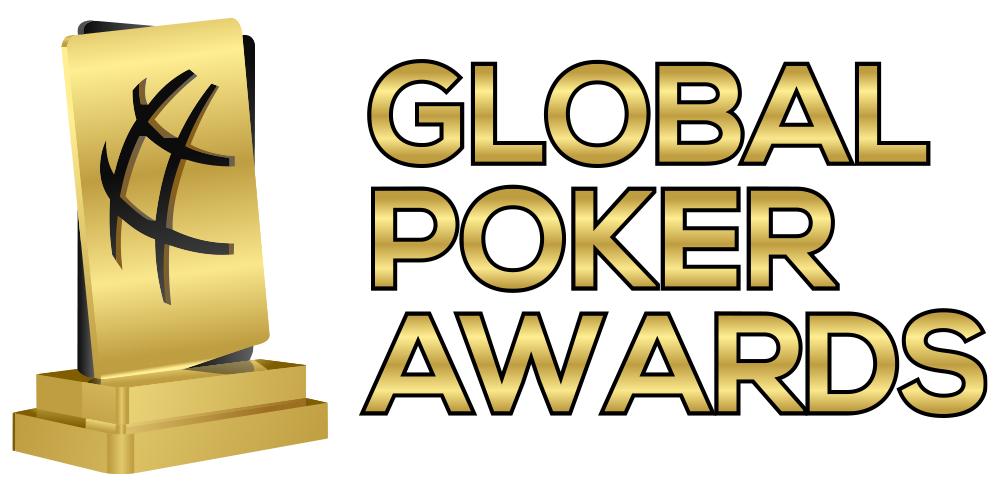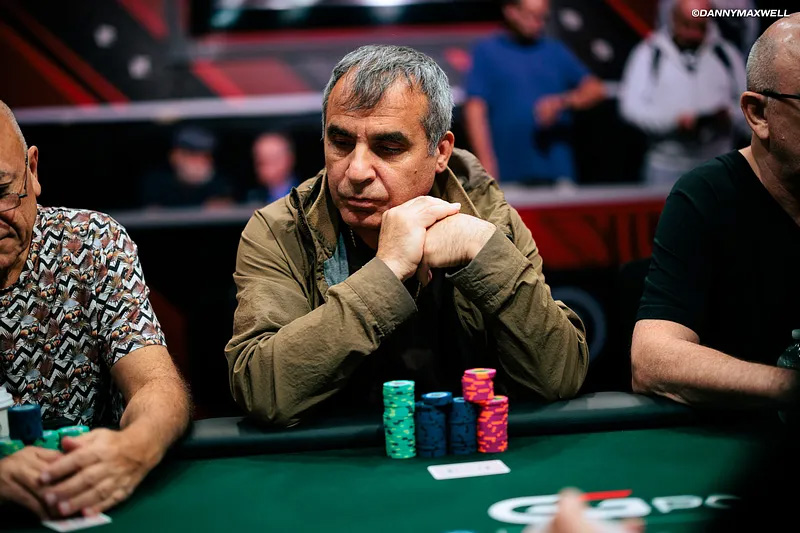
The World Series of Poker (WSOP) has just begun and there’s great expectation that this will be another good year for British poker players. Six Brits won bracelets last year and with 100 up for grabs this summer, could 2025 be even better? Many of the UK’s regular players are currently planning and preparing for trips to Las Vegas and some are already there.
- Read more: British Outlook for the 2025 WSOP
Going to the World Series of Poker is a pretty expensive trip. Flights, hotels, resort fees, food, drink, tips, it all adds up and that’s before you’ve even accounted for any poker you plan to play. It’s a long summer with so many events to play, most of which are not cheap, so how do traveling players afford it?
If you’re a serial crusher or you’ve just won something big, you can probably afford it. Perhaps you’re only going for a short visit to play a few selected events, so maybe it’s OK on your own dime. Or maybe you’ve won an online satellite, which included expenses to pay for the hotel and travel. But if none of the above applies, perhaps you’ll be looking to sell some action, to reduce this overall cost.
If you’re not going to Las Vegas, but like to watch from afar, buying a stake in a player who is going to be there can be a fun and potentially profitable way to enhance your interest in the series.
What is Selling Action in Poker?
Selling action is basically getting someone else to front part of the buy-in, in return for a share of any winnings. In short, it’s having a backer, which can make a bankroll stretch further, providing opportunities to play more events than could normally be afforded. It also enables players to take a shot at tournaments with buy-ins that they can’t usually afford to play.
Selling action is a sensible thing for players to do, especially when the cost of traveling to and staying in Las Vegas is so high. But there’s a catch, usually only those who are considered to be good players will attract enough interest from backers to be able to successfully sell their action.
This is where mark-up comes into play, which is the premium that players charge when they sell pieces of themselves. Better players will charge a higher mark-up for their action. If someone is charging no premium, mark-up is 1.0. If they are charging a 10% premium, the mark-up is 1.1.
The mark-up that players charge varies, but in most cases falls within a range of 1.1 to 1.3. Some players charge very little or no mark-up at all, others aim higher, with 2.0 not being unheard of (but rare). People selling action will usually only sell a small proportion of themselves, e.g. 10-20%, however, some will sell 50% or more to fund bigger buy-ins and longer events, such as extended trips to the WSOP.
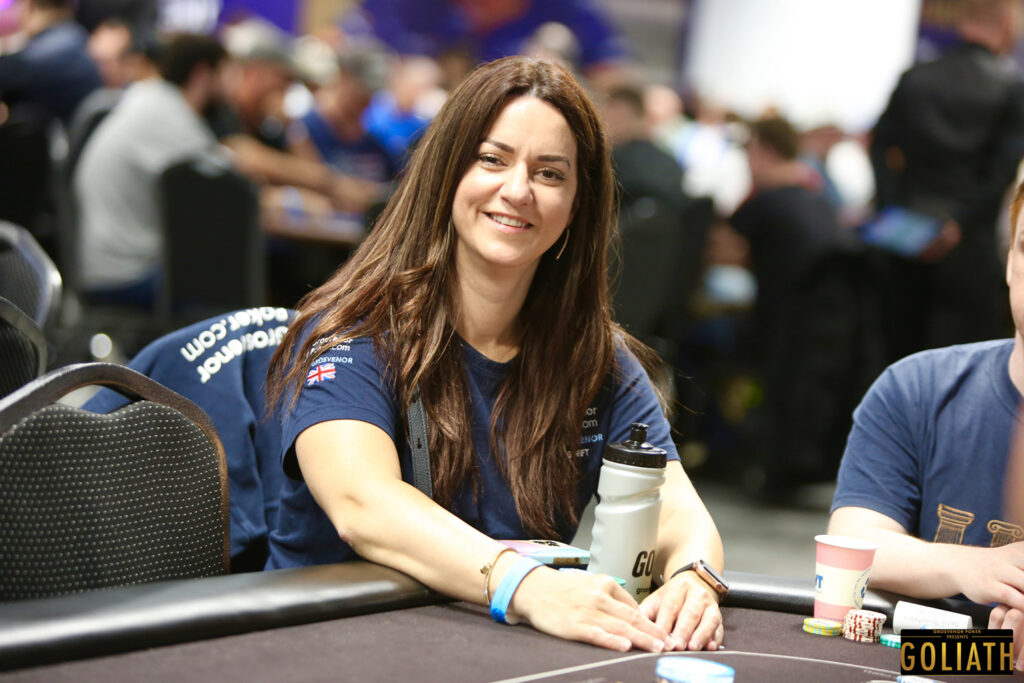
How to Buy Stakes in Players for Poker Events
People buy action not just as an investment, but to have an interest in an event that they might not be able to play themselves. Buying action can be a way of dealing with FOMO. Some buy simply to support a friend.
Sites such as StakeKings and PokerStake are used to sell action, but some people still sell privately, simply posting details on their social media accounts. If the player is well known, little introduction is required, but most will post a short bio about themselves, including notable wins and links to their previous results.
Some sell pieces for individual events, others create a package of several events they will play, such as the WSOP/Vegas ones that are currently being offered.
If you’re buying on a bespoke staking platform, the info will be clearly presented. The event info, buy-in, mark-up, total percentage being sold and total percentage already sold are displayed, as are any specific rules, such as for additional bullets. If you’re buying privately, the seller should list all the relevant info in the post they make.
You also need to have a greater level of trust when it comes to backing someone privately. There have been incidents of disputes arising and people not paying their backers. Backing arrangements need to be agreed by both parties and a record should be kept, such as screenshots of any agreements made by text message. Staking platforms such as PokerStake, which is linked to GGPoker, ensures greater peace of mind, when it comes to being paid out winnings.
Brits Selling Action for the 2025 WSOP
A few British players have already started selling action for the summer, some posting their action on PokerStake, while others are selling on facebook, to their existing friends and connections. While not many have advertised their offer so far, many more are expected to do so as the series progresses.
Benny Glaser
| Prize Money: $8,755,195 | Final Tables: 90 |
| Biggest Win: $2,830,000 | WSOP Cashes: 72 |
| Total Cashes: 187 | WSOP Final Tables: 25 |
| Tournaments Wins: 20 | WSOP Bracelets: 5 |
Five-time bracelet winner Benny Glaser has posted his offers on PokerStake. He’s selling for individual named events, with mark-up ranging from 1.03 to 1.35, which is a pretty decent margin to pay to get a piece of the UK’s WSOP GOAT. He’s a mixed games specialist and is selling 15-25% of himself in most events, but more in the higher buy-in tournaments.
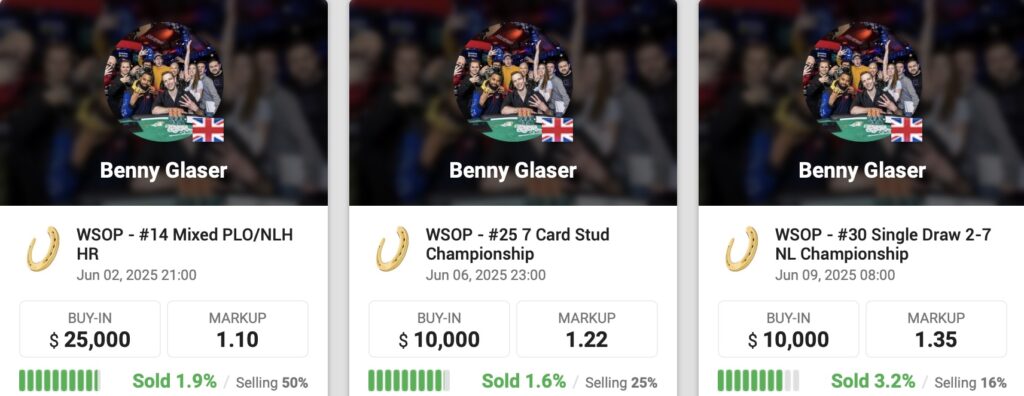
David Tarbet
| Prize Money: $251,481 | Final Tables: 25 |
| Biggest Win: $63,134 | WSOP Cashes: 10 |
| Total Cashes: 49 | WSOP Final Tables: 1 |
| Tournaments Wins: 4 | WSOP Bracelets: 0 |
Another player originally from the UK using PokerStake to sell action is David Tarbet, who is also a mixed games specialist. His best WSOP score was in the 2024 $3,000 H.O.R.S.E event where he finished 4th for $63,134. He’s looking for backing in non Hold’em games at 1.1 mark-up.
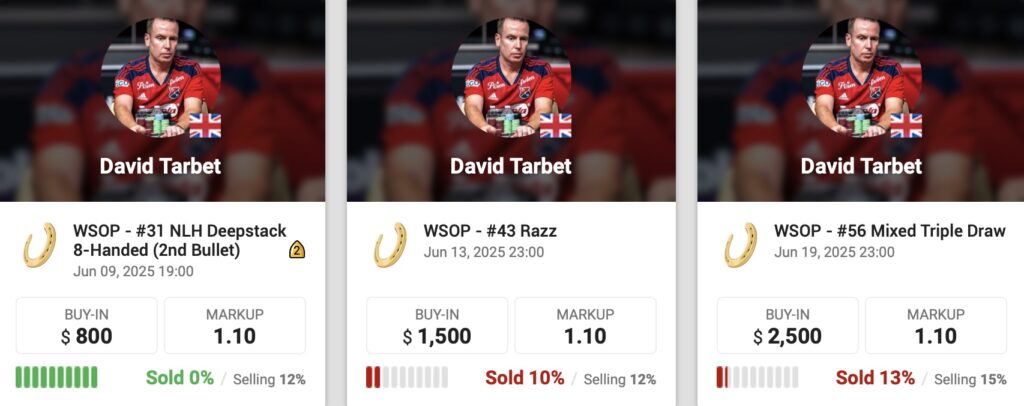
Katie Swift
| Prize Money: $566,084 | Final Tables: 60 |
| Biggest Win: $125,500 | WSOP Cashes: 16 |
| Total Cashes: 138 | WSOP Final Tables: 0 |
| Tournaments Wins: 4 | WSOP Bracelets: 0 |
Grosvenor Casinos sponsored pro Katie Swift, who is heading out to play over $60,000 worth of events in Las Vegas during the WSOP. Advertised on facebook, the mark-up to own a piece of Katie’s summer is 1.35, but doesn’t disclose how much in total she is selling.
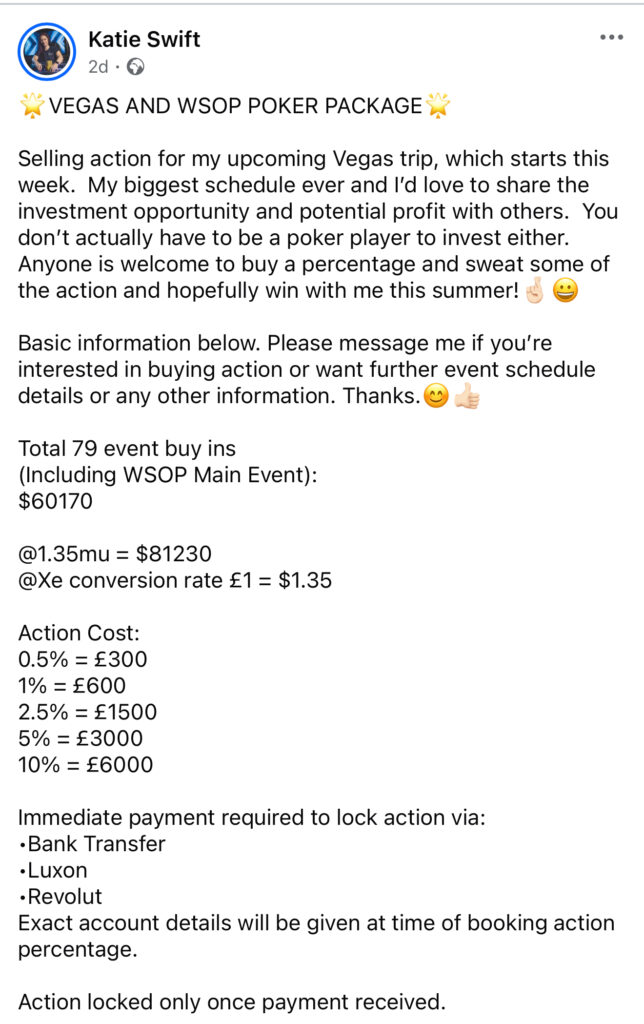
Yucel ‘Mad Turk” Eminoglu
| Prize Money: $2,058,616 | Final Tables: 78 |
| Biggest Win: $244,312 | WSOP Cashes: 12 |
| Total Cashes: 222 | WSOP Final Tables: 1 |
| Tournaments Wins: 18 | WSOP Bracelets: 0 |

Another UK regular who has advertised his action on facebook is Yucel “Mad Turk” Eminoglu, who last year narrowly missed winning a bracket in the 2024 seniors event. It’s included on his itinerary this year again, along with a bunch of other events during the early part of the series. He’s selling 40% of himself with mark-ups ranging from 1.3-1.5. At the time this story went to virtual print, he’d already sold 30% and has just 10% left to shift.
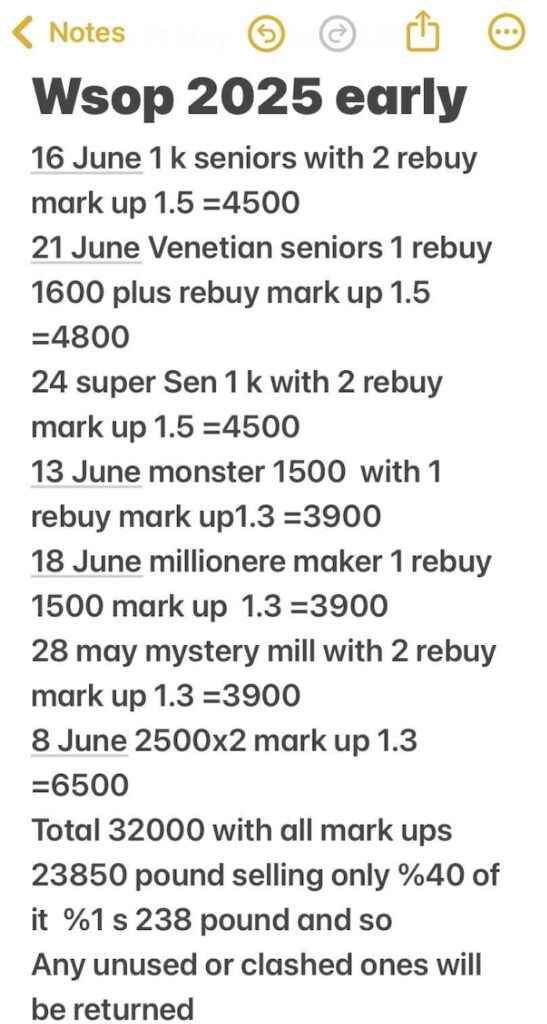
How Much Mark-Up is Too Much?
Some players don’t charge any juice at all on their action and do it just for the rungood of knowing they sold the action fairly. Kudos to those players!
Top pros can charge higher mark-up, due to the awareness that people have of them and increased demand to back proven winners. But how much is too much?
In a discussion on poker forum 2+2, one poster suggests that anything above 20% premium (1.2 mark-up) is unreasonable, most of the time. Not many have an ROI that will make this a good staking proposition for backers.
If you’re selling on an open market, such as PokerStake or StakeKings, feel free to charge whatever mark-up you like. The chances are, if it’s too high, nobody will buy a piece of you. Although amazingly, someone has purchased $10 of Mike Matusow’s action in the $5,000 Seniors at a mark-up of 2.0!
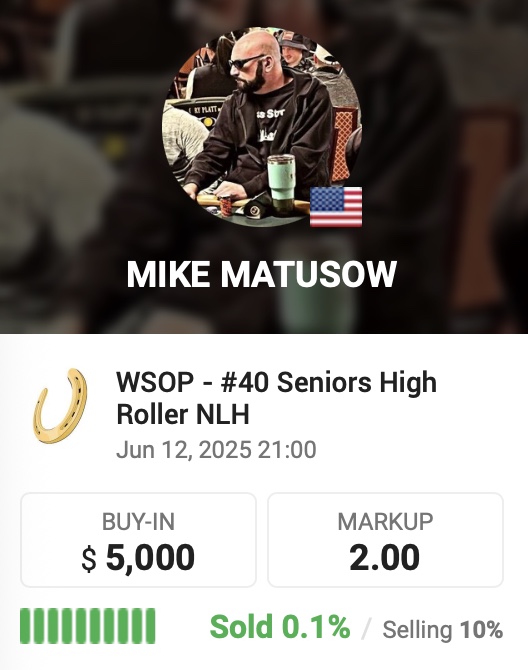
If however your route to selling is via Facebook, please consider that the people buying are those on your friends list. Friends who want to help you in your quest to chase the bracelet dream and are prepared to pay a premium to do so. What is a fair price to charge to that kind of friend?
